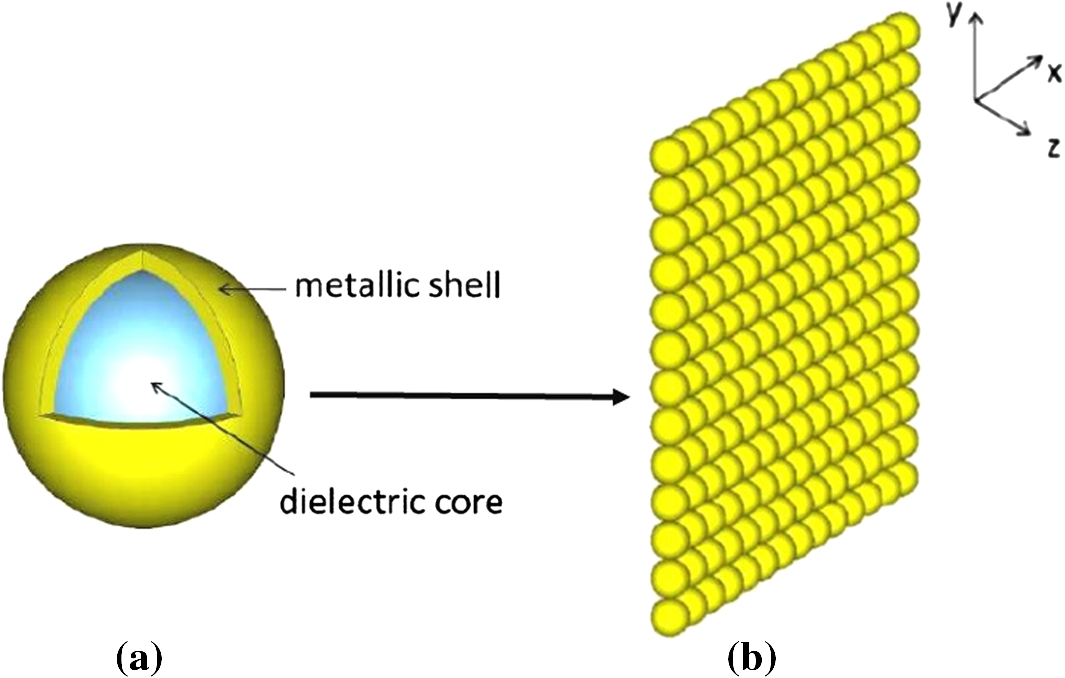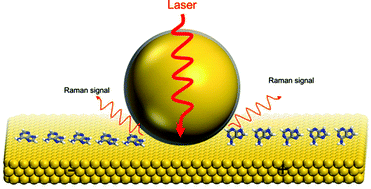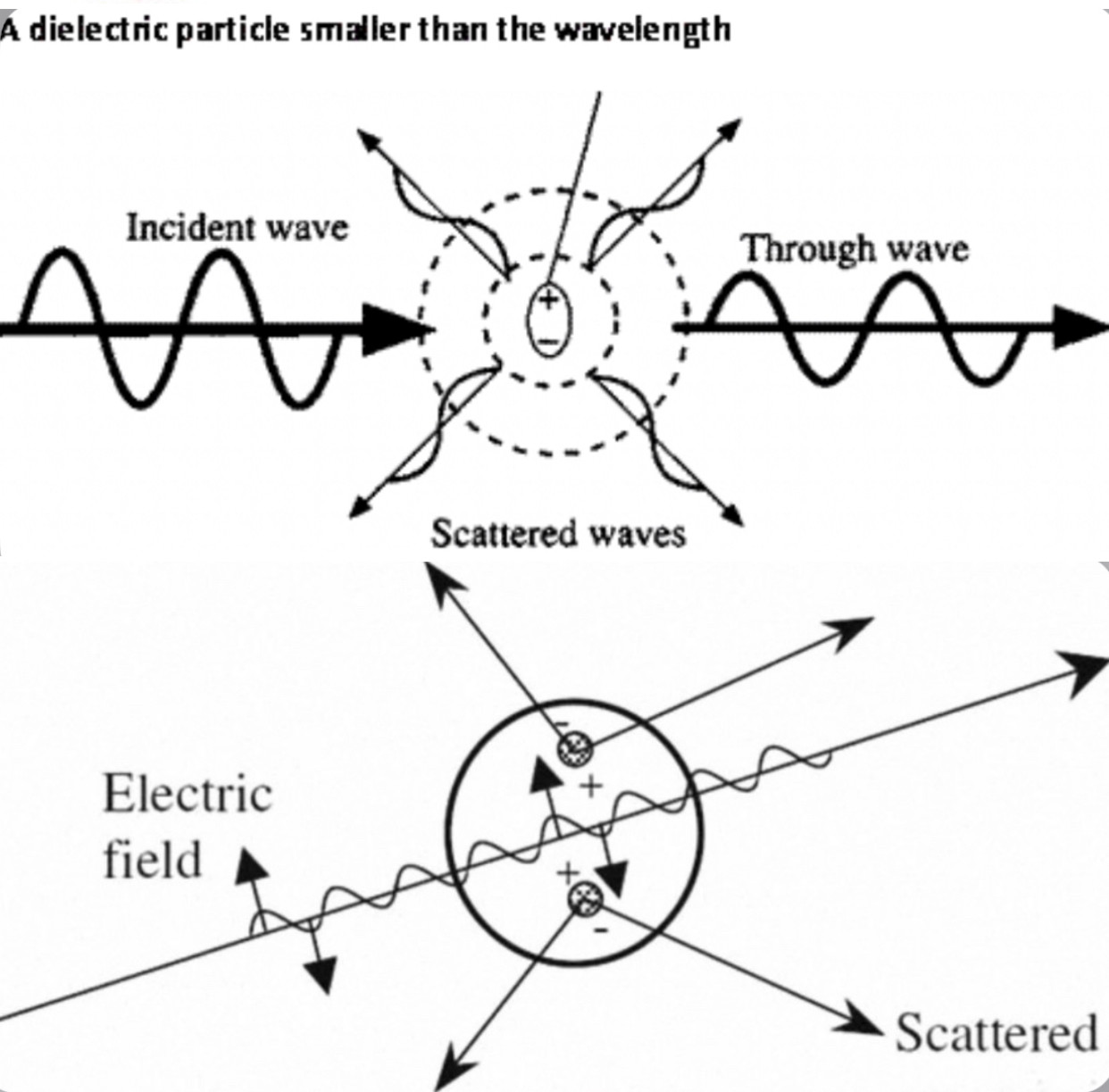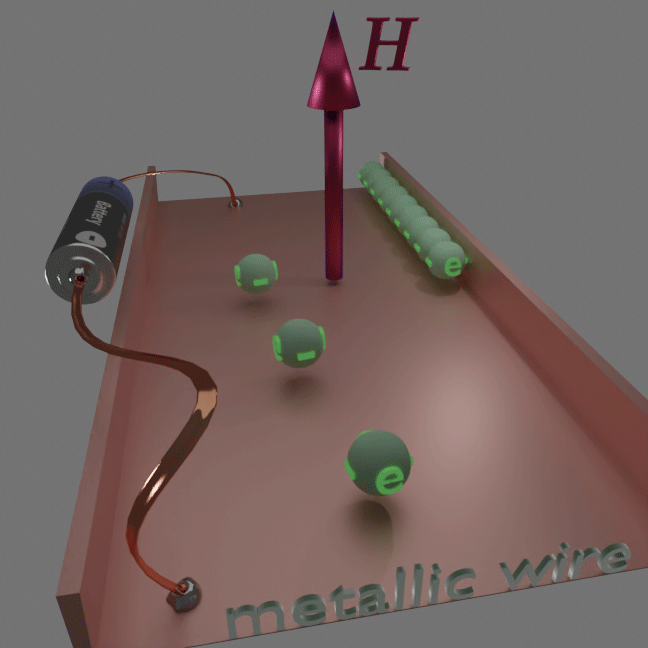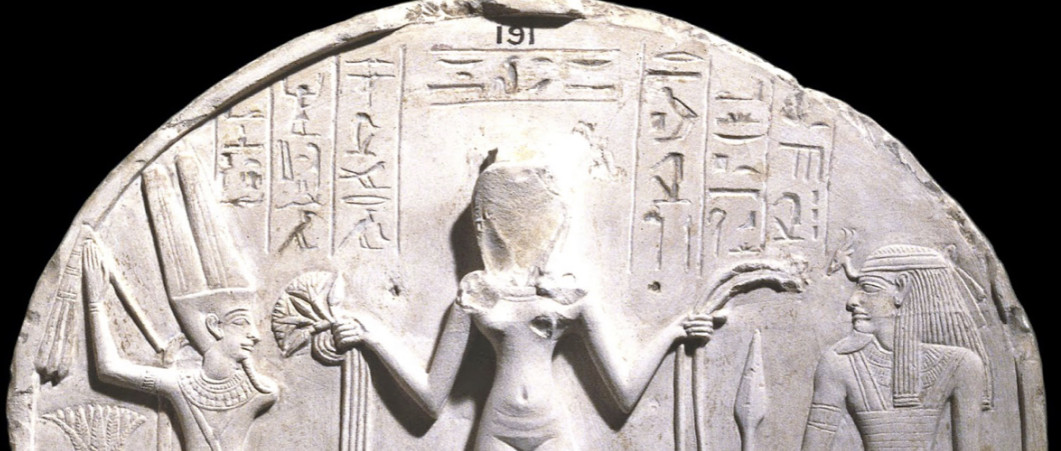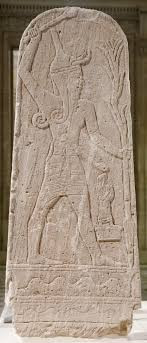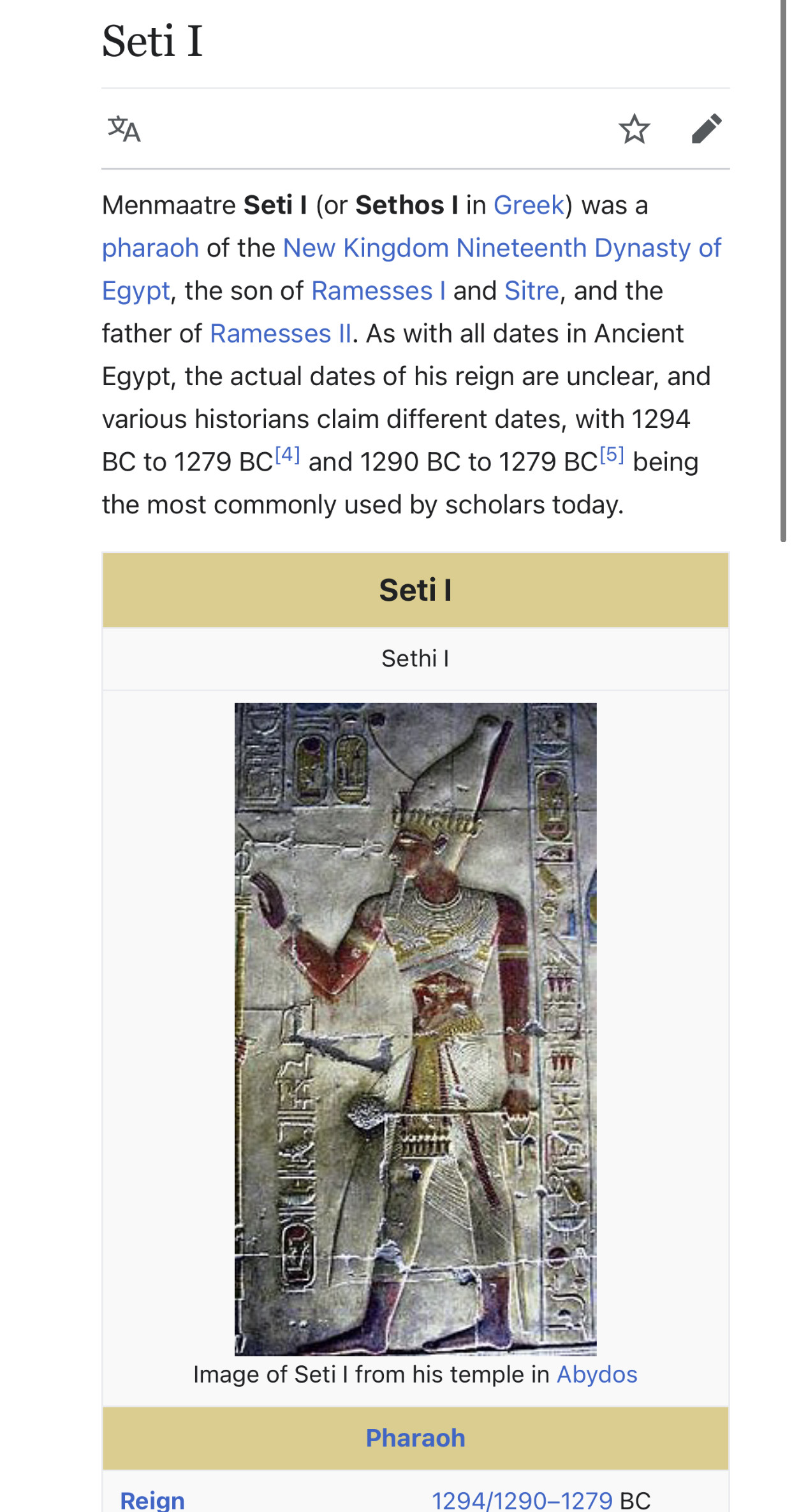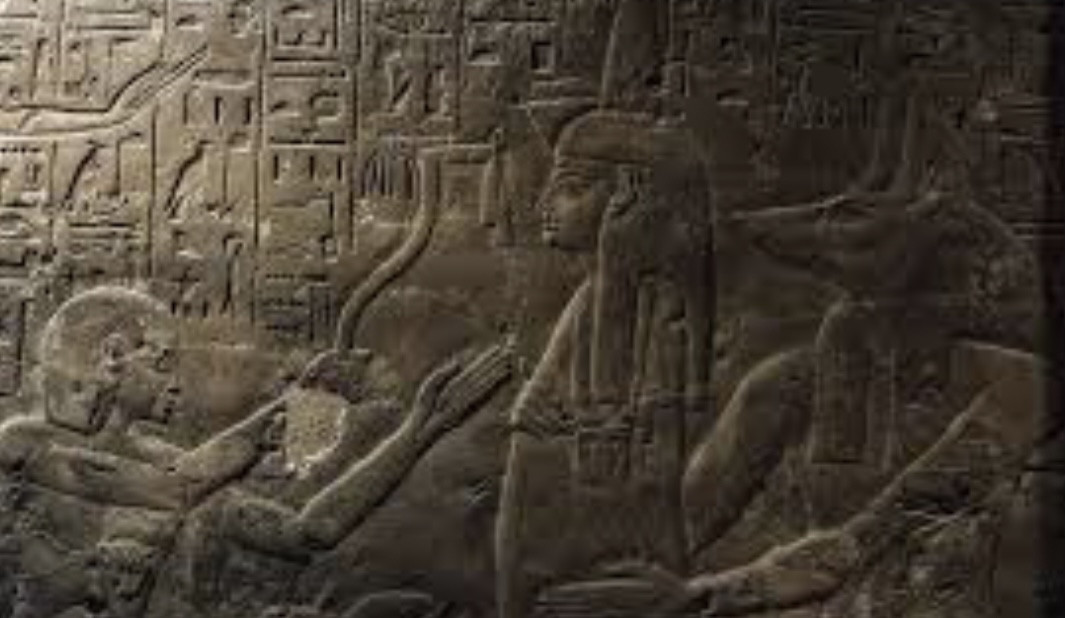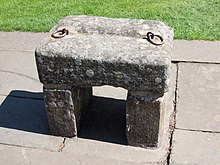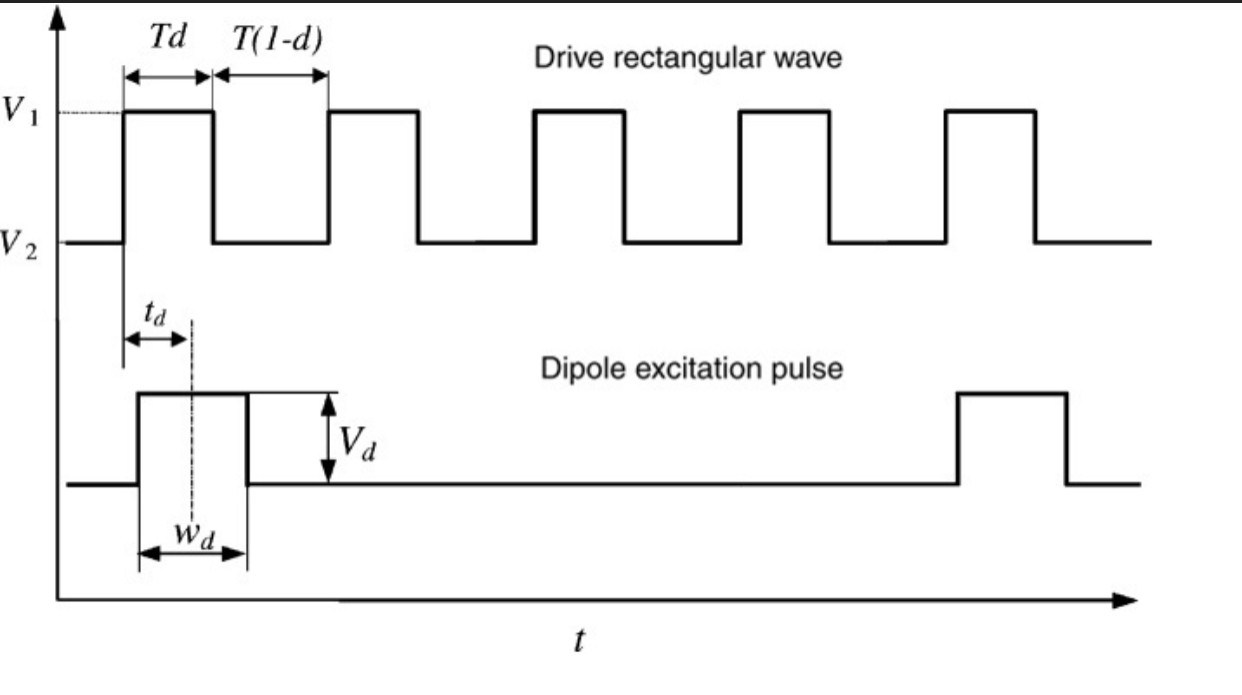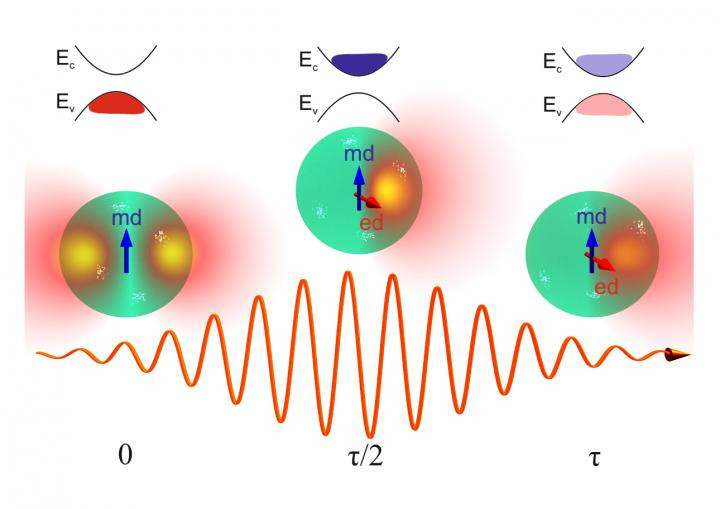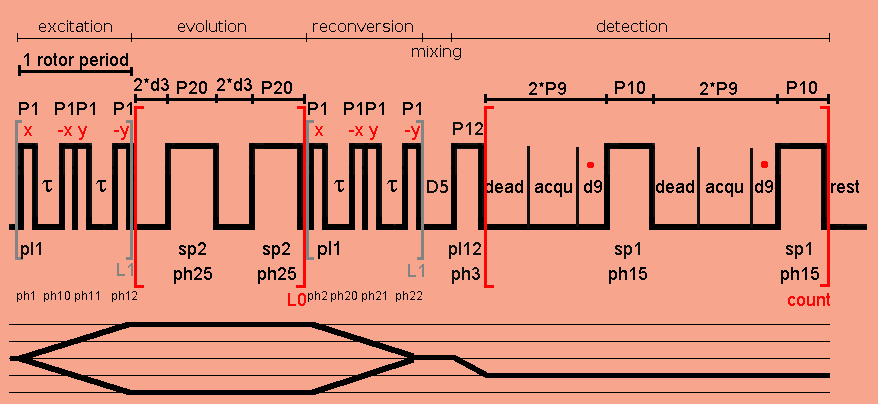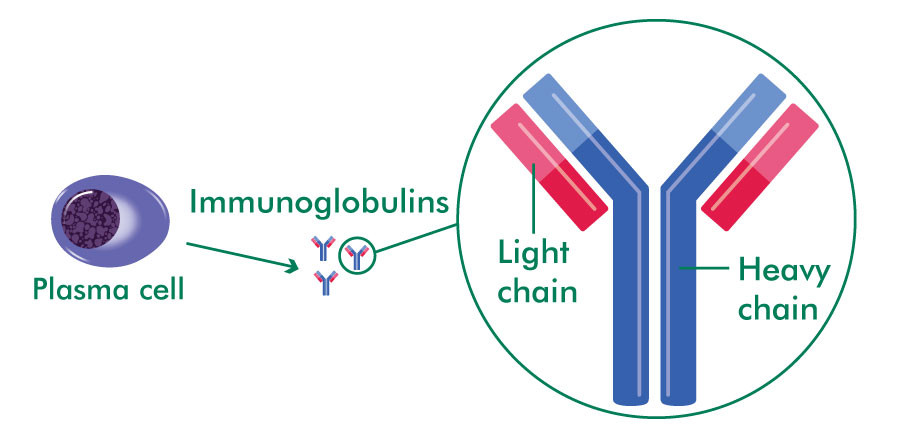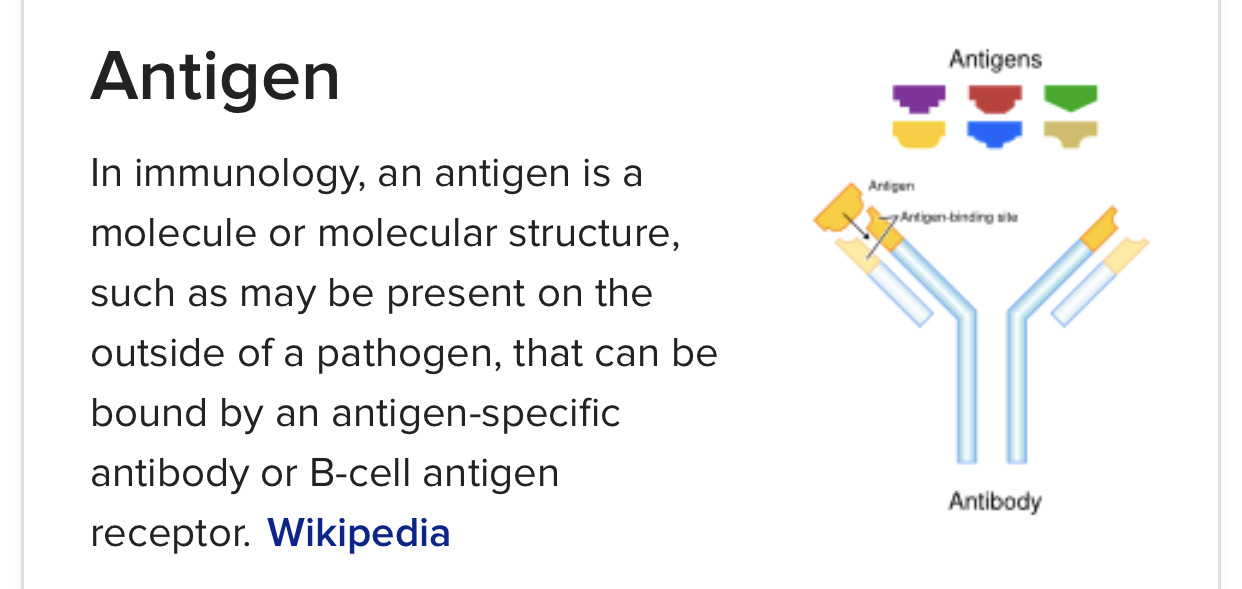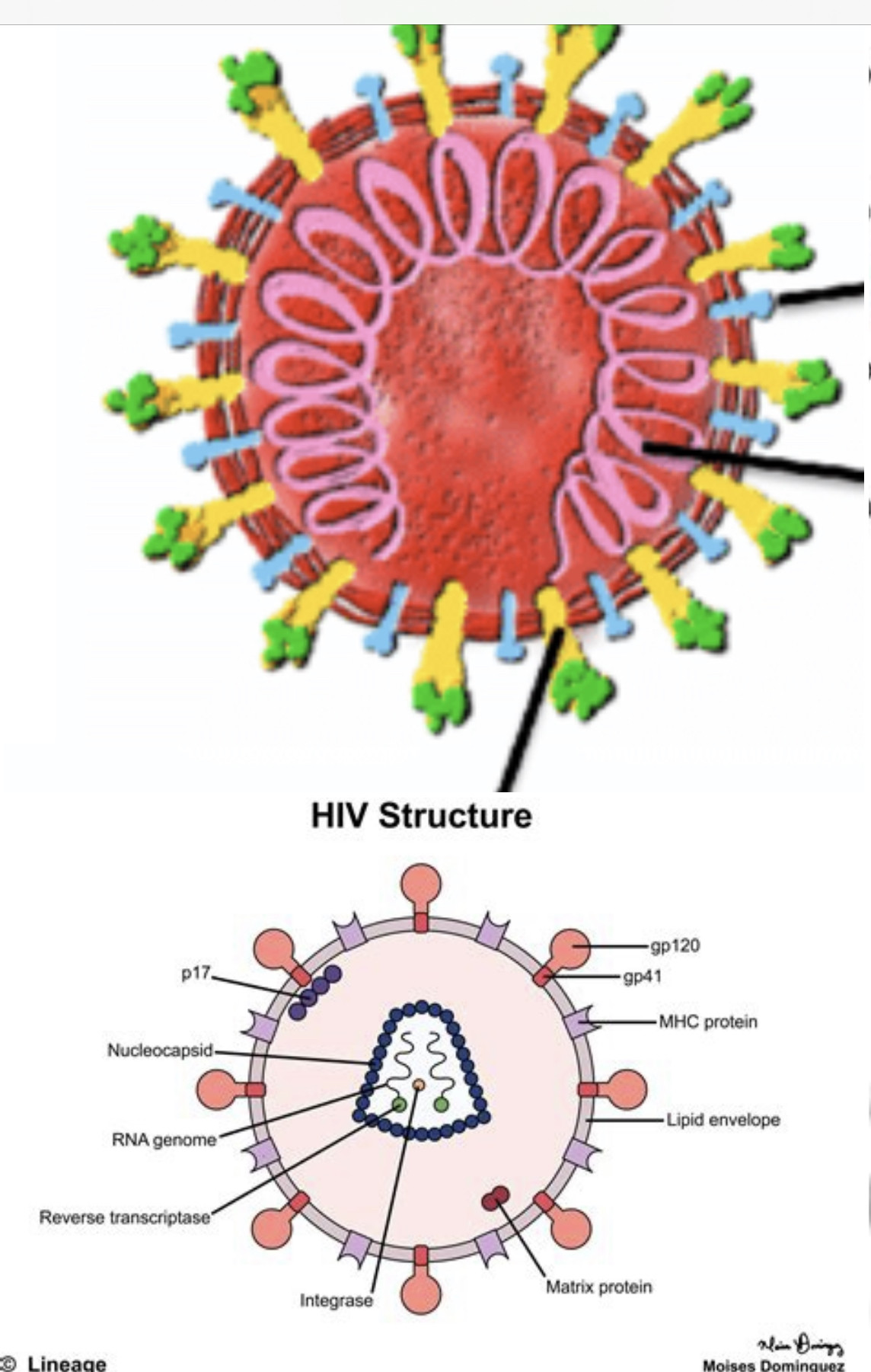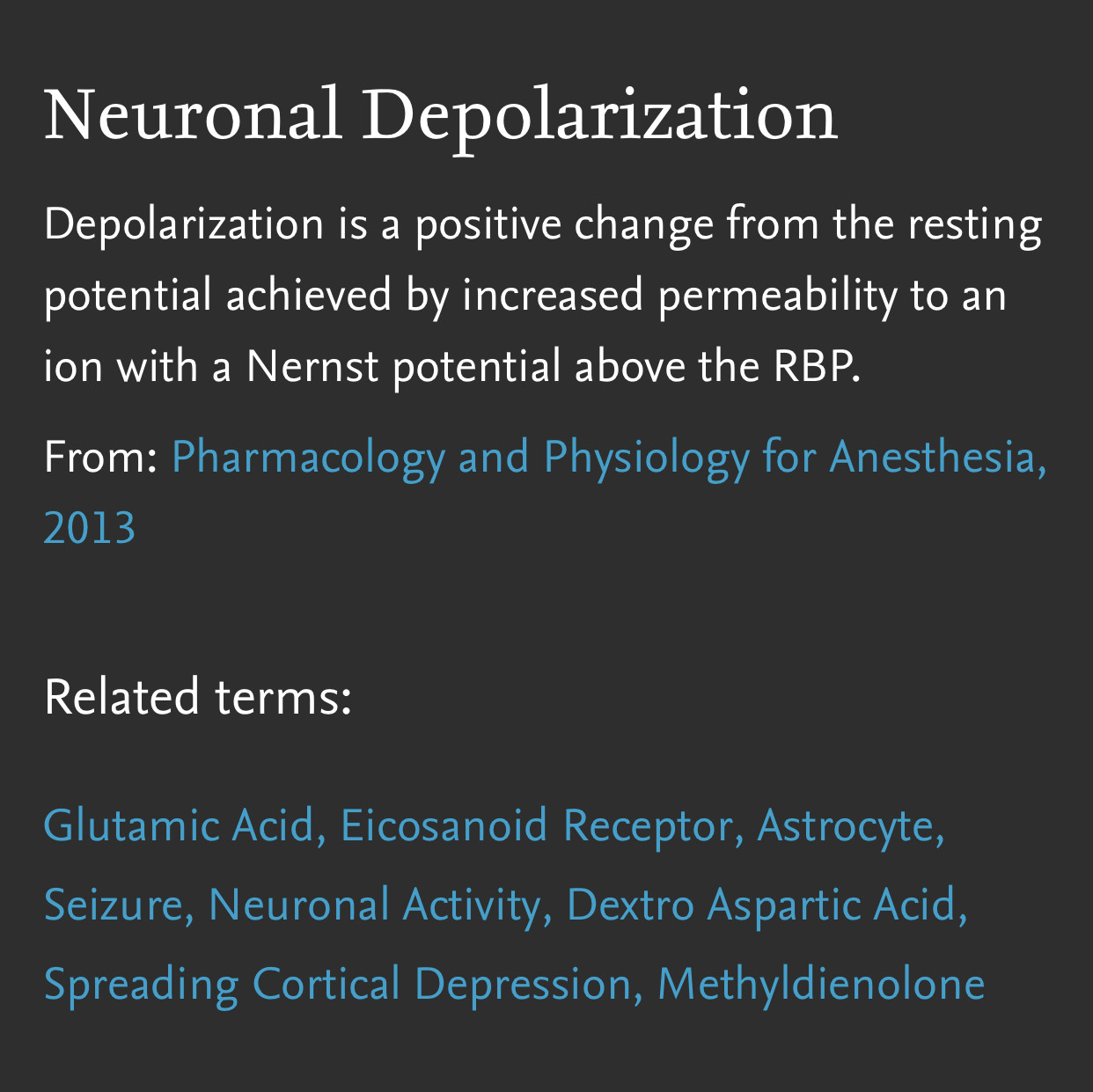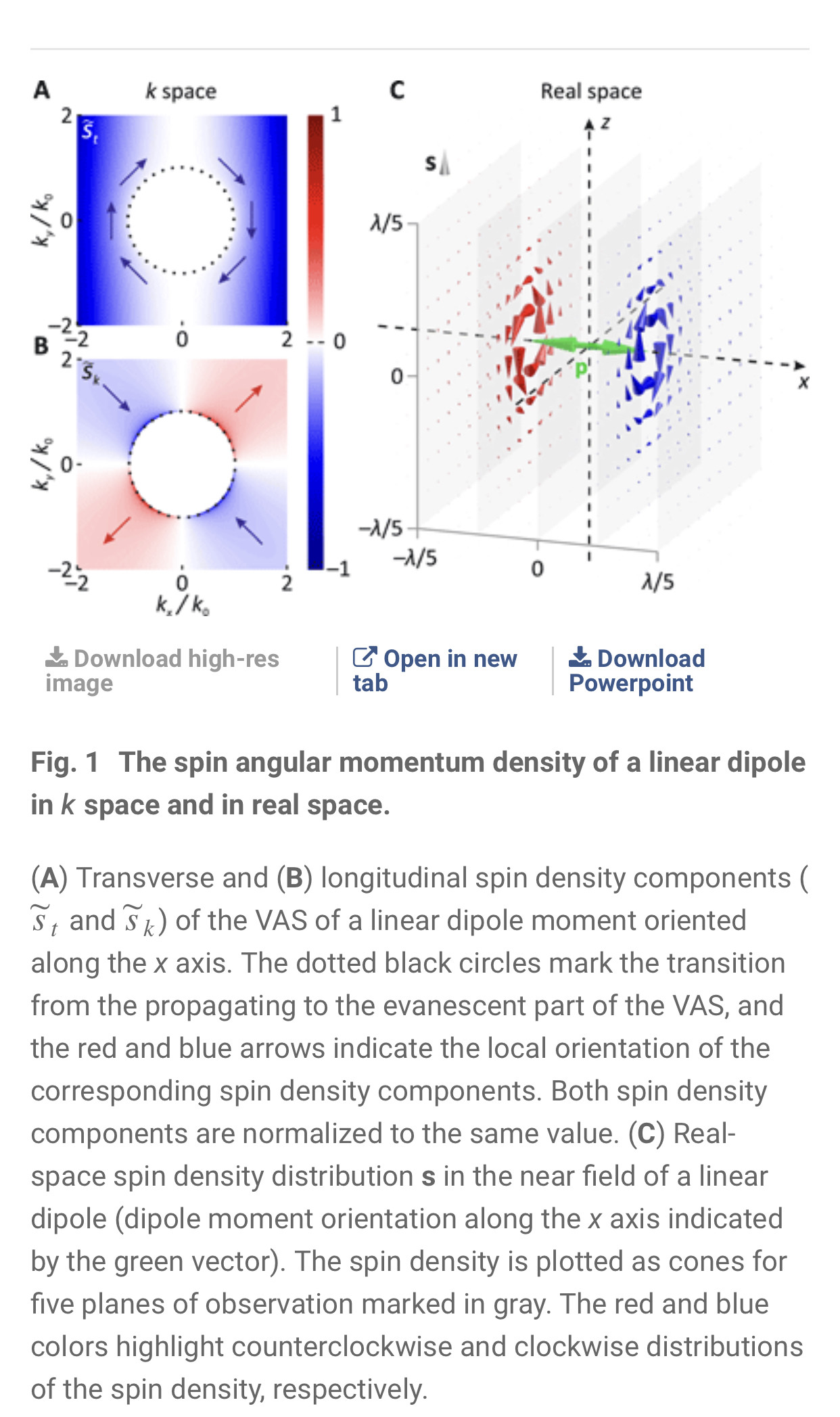Notice: Undefined index: tg1tga_access in /home/admin/www/anonup.com/themes/default/apps/timeline/post.phtml on line 396
Notice: Undefined index: tg1tga_access in /home/admin/www/anonup.com/themes/default/apps/timeline/post.phtml on line 396
Notice: Undefined index: tg1tga_access in /home/admin/www/anonup.com/themes/default/apps/timeline/post.phtml on line 396
Notice: Undefined index: tg1tga_access in /home/admin/www/anonup.com/themes/default/apps/timeline/post.phtml on line 396
Notice: Undefined index: tg1tga_access in /home/admin/www/anonup.com/themes/default/apps/timeline/post.phtml on line 396
Notice: Undefined index: tg1tga_access in /home/admin/www/anonup.com/themes/default/apps/timeline/post.phtml on line 396
Notice: Undefined index: tg1tga_access in /home/admin/www/anonup.com/themes/default/apps/timeline/post.phtml on line 396
Notice: Undefined index: tg1tga_access in /home/admin/www/anonup.com/themes/default/apps/timeline/post.phtml on line 396
Notice: Undefined index: tg1tga_access in /home/admin/www/anonup.com/themes/default/apps/timeline/post.phtml on line 396
Notice: Undefined index: tg1tga_access in /home/admin/www/anonup.com/themes/default/apps/timeline/post.phtml on line 396
/ˈtrɪk(ə)l/
verb
1.
(of a liquid) flow in a small stream.
"a solitary tear trickled down her cheek"
Notice: Undefined index: tg1tga_access in /home/admin/www/anonup.com/themes/default/apps/timeline/post.phtml on line 396
Notice: Undefined index: tg1tga_access in /home/admin/www/anonup.com/themes/default/apps/timeline/post.phtml on line 396
An act of manipulating someone psychologically, especially to gain an advantage.
Notice: Undefined index: tg1tga_access in /home/admin/www/anonup.com/themes/default/apps/timeline/post.phtml on line 396
Notice: Undefined index: tg1tga_access in /home/admin/www/anonup.com/themes/default/apps/timeline/post.phtml on line 396

Evolution toward 5G multi-tier cellular wireless networks: An interference management perspective | IEEE Journals & Magazine | IEEE Xplore
The evolving fifth generation (5G) cellular wireless networks are envisioned to overcome the fundamental challenges of existing cellular networks, for example, higher data rates, excellent end-to-end performance, and user-coverage in hot-spots and crowded areas with lower latency, energy consumption..
https://ieeexplore.ieee.org/document/6845056Notice: Undefined index: tg1tga_access in /home/admin/www/anonup.com/themes/default/apps/timeline/post.phtml on line 396
Burning Tiers.
Burning Tires!
Notice: Undefined index: tg1tga_access in /home/admin/www/anonup.com/themes/default/apps/timeline/post.phtml on line 396
Everything is connected! wowwww
Notice: Undefined index: tg1tga_access in /home/admin/www/anonup.com/themes/default/apps/timeline/post.phtml on line 396
The predominant form in Classical Greek was Týros (Τύρος), which was first seen in the works of Herodotus but may have been adopted considerably earlier.[10] It gave rise to Latin Tyrus, which entered English during the Middle English period as Tyre.[12] The demonym for Tyre is Tyrian, and the inhabitants are Tyrians.
Notice: Undefined index: tg1tga_access in /home/admin/www/anonup.com/themes/default/apps/timeline/post.phtml on line 396
Pronunciation
IPA(key): /ˈtiɾos/
Hyphenation: Τυ‧ρος
Proper noun
Τύρος • (Týros) f
Tyre (a city in Lebanon)
Notice: Undefined index: tg1tga_access in /home/admin/www/anonup.com/themes/default/apps/timeline/post.phtml on line 396
as turinṓteros
Notice: Undefined index: tg1tga_access in /home/admin/www/anonup.com/themes/default/apps/timeline/post.phtml on line 396
Adjective
astur (epicene, plural astures)
Asturian
Astur
Latin
Etymology
Various etymologies exist:
From acceptor (“receiver”), with influence from accipiter.
From astēr (“star”), from Ancient Greek ἀστήρ (astḗr).
Notice: Undefined index: tg1tga_access in /home/admin/www/anonup.com/themes/default/apps/timeline/post.phtml on line 396
Notice: Undefined index: tg1tga_access in /home/admin/www/anonup.com/themes/default/apps/timeline/post.phtml on line 396
n. Mythology
An ancient Semitic goddess of love and war, being the Phoenician, Syrian, and Canaanite counterpart to Ishtar. In the Bible, her name sometimes appears in the plural, perhaps referring to a group of goddesses. Also called Ashtoreth.
Notice: Undefined index: tg1tga_access in /home/admin/www/anonup.com/themes/default/apps/timeline/post.phtml on line 396
n
(Other Non-Christian Religions) a fertility goddess worshipped by the Phoenicians: identified with Ashtoreth of the Hebrews and Ishtar of the Babylonians and Assyrians
Notice: Undefined index: tg1tga_access in /home/admin/www/anonup.com/themes/default/apps/timeline/post.phtml on line 396
“Her name Qdš(-t) simply means ‘holy’. As such, it can be attached to almost any goddess, including the whole of the A-team: Anat, Astarte, Asherah and Athirat. The question is: did there exist an independent goddess named Qedeshet at all? She is not known from any Canaanite or Ugaritic texts or inscriptions. Rather, she only appears as a named goddess in Egypt. There, she is honoured with such typical titles as ‘Lady of heaven’ and ‘Mistress of all the gods’ — which are not specific to her but could equally apply to any goddess in Egypt
Notice: Undefined index: tg1tga_access in /home/admin/www/anonup.com/themes/default/apps/timeline/post.phtml on line 396
Notice: Undefined index: tg1tga_access in /home/admin/www/anonup.com/themes/default/apps/timeline/post.phtml on line 396
In Biblical Hebrew, רֶשֶׁף resheph is a noun interpreted as "flame, lightning" but also "burning fever, plague, pestilence".
Notice: Undefined index: tg1tga_access in /home/admin/www/anonup.com/themes/default/apps/timeline/post.phtml on line 396
Notice: Undefined index: tg1tga_access in /home/admin/www/anonup.com/themes/default/apps/timeline/post.phtml on line 396
Notice: Undefined index: tg1tga_access in /home/admin/www/anonup.com/themes/default/apps/timeline/post.phtml on line 396
He was usually depicted anthropomorphically, as a man brandishing a weapon, sporting a typical Syrian beard, and wearing the white crown of Egypt and/or a gazelle’s head on his own.[20][21] A temple dedicated to him is attested in Memphis, but he was likely worshipped in many Nile Delta regions. His cult survived well into the Ptolemaic Period.
Notice: Undefined index: tg1tga_access in /home/admin/www/anonup.com/themes/default/apps/timeline/post.phtml on line 396
Notice: Undefined index: tg1tga_access in /home/admin/www/anonup.com/themes/default/apps/timeline/post.phtml on line 396
Notice: Undefined index: tg1tga_access in /home/admin/www/anonup.com/themes/default/apps/timeline/post.phtml on line 396
Notice: Undefined index: tg1tga_access in /home/admin/www/anonup.com/themes/default/apps/timeline/post.phtml on line 396
Notice: Undefined index: tg1tga_access in /home/admin/www/anonup.com/themes/default/apps/timeline/post.phtml on line 396
Notice: Undefined index: tg1tga_access in /home/admin/www/anonup.com/themes/default/apps/timeline/post.phtml on line 396
The feminine form is baʿalah (Hebrew: בַּעֲלָה;[18] Arabic: بَعْلَة), meaning "mistress" in the sense of a female owner or lady of the house[18] and still serving as a rare word for "wife".[19]
Suggestions in early modern scholarship also included comparison with the Celtic god Belenus.
Notice: Undefined index: tg1tga_access in /home/admin/www/anonup.com/themes/default/apps/timeline/post.phtml on line 396
Notice: Undefined index: tg1tga_access in /home/admin/www/anonup.com/themes/default/apps/timeline/post.phtml on line 396
Notice: Undefined index: tg1tga_access in /home/admin/www/anonup.com/themes/default/apps/timeline/post.phtml on line 396
Most of the uses are in the letter introduction, formulaic addresses to the pharaoh, stating typically to effect:
"To the King (pharaoh), Lord-mine, (speaking) thus...." EA 254
Bodies of the letters also repeat the phraseology of "King, my Lord", sometimes doubly as in letter EA 34, (using be-li, as bêlu), "The pharaoh's reproach answered", by the King of Alashiya.
Notice: Undefined index: tg1tga_access in /home/admin/www/anonup.com/themes/default/apps/timeline/post.phtml on line 396
Early translators of Akkadian believed that the ideogram for the god called in Sumerian Enlil was to be read as Bel in Akkadian. Current scholarship holds this as incorrect, but one finds Bel used in referring to Enlil in older translations and discussions.[1]
Notice: Undefined index: tg1tga_access in /home/admin/www/anonup.com/themes/default/apps/timeline/post.phtml on line 396
Notice: Undefined index: tg1tga_access in /home/admin/www/anonup.com/themes/default/apps/timeline/post.phtml on line 396
Notice: Undefined index: tg1tga_access in /home/admin/www/anonup.com/themes/default/apps/timeline/post.phtml on line 396
She was the first known woman to hold the title of EN, a role of great political importance that was often held by royal daughters.[8] She was appointed to the role by her father, King Sargon of Akkad.
Notice: Undefined index: tg1tga_access in /home/admin/www/anonup.com/themes/default/apps/timeline/post.phtml on line 396
The first element in the name is šarru, the Akkadian (East Semitic) for "king" (c.f. Hebrew sár שַׂר). The second element is derived from the verb kīnum "to confirm, establish" (related to Hebrew kūn כּוּן).[17]
Notice: Undefined index: tg1tga_access in /home/admin/www/anonup.com/themes/default/apps/timeline/post.phtml on line 396
Notice: Undefined index: tg1tga_access in /home/admin/www/anonup.com/themes/default/apps/timeline/post.phtml on line 396
Notice: Undefined index: tg1tga_access in /home/admin/www/anonup.com/themes/default/apps/timeline/post.phtml on line 396
Adjective
gal (feminine gal·la, masculine plural gals, feminine plural gal·les)
Gaulish, Gallic (of or pertaining to Gaul)
Synonym: gàl·lic
Noun
gal m (plural gals, feminine gal·la)
Gaul (a person from Gaul)
Proper noun
gal m
Gaulish (Celtic language that was spoken in Gaul)
Synonym: gàl·lic
Notice: Undefined index: tg1tga_access in /home/admin/www/anonup.com/themes/default/apps/timeline/post.phtml on line 396
gall, bile
Notice: Undefined index: tg1tga_access in /home/admin/www/anonup.com/themes/default/apps/timeline/post.phtml on line 396
Notice: Undefined index: tg1tga_access in /home/admin/www/anonup.com/themes/default/apps/timeline/post.phtml on line 396
The Lebor Gabála purports to be an account of the Gaels' descent from Adam through the sons of Noah and how they came to Ireland. The tale relates that the Gaels spent 440 years wandering the Earth and underwent a series of tribulations.[citation needed] Eventually, the Gaels sailed to Iberia and conquered it. There, one of their leaders, Breogán, founded a city called Brigantia and built a great tower. From the top of the tower, his son Íth glimpses Ireland. The Gaels—including some of Breogán's sons—sailed to Ireland from Brigantia and took it from the Tuatha Dé Danann, the Irish pagan gods.
Notice: Undefined index: tg1tga_access in /home/admin/www/anonup.com/themes/default/apps/timeline/post.phtml on line 396
Notice: Undefined index: tg1tga_access in /home/admin/www/anonup.com/themes/default/apps/timeline/post.phtml on line 396
Notice: Undefined index: tg1tga_access in /home/admin/www/anonup.com/themes/default/apps/timeline/post.phtml on line 396
Notice: Undefined index: tg1tga_access in /home/admin/www/anonup.com/themes/default/apps/timeline/post.phtml on line 396
/ˈbeɪb(ə)l/
noun: babel
a confused noise made by a number of voices.
"the babel of voices on the road"
clamour
din
racket
confused noise
tumult
uproar
hubbub
babble
babbling
shouting
yelling
screaming
commotion
chaos
bedlam
pandemonium
confusion
stramash
hullabaloo
row
car crash
charivari
Opposite:
silence
a confused situation.
Notice: Undefined index: tg1tga_access in /home/admin/www/anonup.com/themes/default/apps/timeline/post.phtml on line 396
In the Lebor Gabála Érenn (11th century), he is said to be one of the 72 chieftains who built Nimrod's Tower of Babel, but travelled to Scythia after the tower collapsed.
Notice: Undefined index: tg1tga_access in /home/admin/www/anonup.com/themes/default/apps/timeline/post.phtml on line 396
Notice: Undefined index: tg1tga_access in /home/admin/www/anonup.com/themes/default/apps/timeline/post.phtml on line 396
Pronunciation
IPA(key): /kɛː.əl̪ˠtəxk/
Proper noun
A' Ghàidhealtachd f (genitive Gàidhealtachd, plural Gàidhealtachdan)
Highlands
Notice: Undefined index: tg1tga_access in /home/admin/www/anonup.com/themes/default/apps/timeline/post.phtml on line 396
Denoting system of government
rìgh (“king”) + -achd → rìoghachd (“kingdom”)
Denoting religion
Crìostaidh (“Christian”) + -achd → Crìosdaidheachd (“Christianity”)
Denoting area
Gàidhealtachd (“Gaelic-speaking area, Gaeltacht”)
Denoting condition or quality
saor (“free”) + -achd → saorachd (“freedom”)
bàrd (“bard, poet”) + -achd → bàrdachd (“poetry”)
ealanta (“ingenious, expert, clever”) + -achd → ealantachd (“ingenuity, expertness, cleverness”)
milis (“sweet”) + -achd → mìlseachd (“sweetness”)
cothrom (“just, equitable”) + -achd → cothromachd (“equality”)
Notice: Undefined index: tg1tga_access in /home/admin/www/anonup.com/themes/default/apps/timeline/post.phtml on line 396
Adjective
cothrom
(mathematics) even (not odd)
Antonym: còrr
Noun
cothrom m (genitive singular cothruim, plural cothroman)
chance, opportunity
balance, equilibrium, equity, impartiality
scales, balance (device)
justice
Derived terms
ana-cothrom (“disadvantage, unfairness”)
co-chothromach (“symmetrical”)
co-chothrom (“balance”)
cothromach (“fair, just, impartial”)
mì-chothrom (“disadvantage, unfairness”)
thoir cothrom do (“enable”)
Notice: Undefined index: tg1tga_access in /home/admin/www/anonup.com/themes/default/apps/timeline/post.phtml on line 396
Pronunciation
IPA(key): /kʰɔːrˠ/
Noun
còrr m (indeclinable)
surplus, remnant, remainder, rest
Derived terms
an còrr
còrr is
Adjective
còrr
(mathematics) odd (not even)
Notice: Undefined index: tg1tga_access in /home/admin/www/anonup.com/themes/default/apps/timeline/post.phtml on line 396
any more, anything else
An dèidh am bracaist cha do dh'ith iad an còrr. - After their breakfast they didn't eat anything else.
Na can an còrr! - Say no more!
Notice: Undefined index: tg1tga_access in /home/admin/www/anonup.com/themes/default/apps/timeline/post.phtml on line 396
in
A bheil e ann an taigh? ― Is he in a house?
Notice: Undefined index: tg1tga_access in /home/admin/www/anonup.com/themes/default/apps/timeline/post.phtml on line 396
Pronunciation
IPA(key): /tʰɤj/
Noun
taigh m (genitive singular taighe, plural taighean)
house, dwelling
Tha Seumas anns an taigh. ― James is in the house.
Seumas is Sheumais, which has given form to the Anglicised form of this name, Hamish.[3] In Irish, Seumas is the older form of the modern Séamas. Another earlier form of Séamas is Séamus, which is partially Anglicised as Seamus.
Notice: Undefined index: tg1tga_access in /home/admin/www/anonup.com/themes/default/apps/timeline/post.phtml on line 396
plural of mai
Notice: Undefined index: tg1tga_access in /home/admin/www/anonup.com/themes/default/apps/timeline/post.phtml on line 396
maypole
Notice: Undefined index: tg1tga_access in /home/admin/www/anonup.com/themes/default/apps/timeline/post.phtml on line 396
Notice: Undefined index: tg1tga_access in /home/admin/www/anonup.com/themes/default/apps/timeline/post.phtml on line 396
Anoup, Maia & Anen
Notice: Undefined index: tg1tga_access in /home/admin/www/anonup.com/themes/default/apps/timeline/post.phtml on line 396
Notice: Undefined index: tg1tga_access in /home/admin/www/anonup.com/themes/default/apps/timeline/post.phtml on line 396
Notice: Undefined index: tg1tga_access in /home/admin/www/anonup.com/themes/default/apps/timeline/post.phtml on line 396
May (month)
Descendants
French: mai
Guianese Creole: mè
Haitian Creole: me
→ English: may
→ Persian: مه (me)
Notice: Undefined index: tg1tga_access in /home/admin/www/anonup.com/themes/default/apps/timeline/post.phtml on line 396
Descendants Edit
Bislama: mei
Pitcairn-Norfolk: Mieh
Tok Pisin: Mei
→ Bengali: মে (me)
→ Burmese: မေ (me)
→ Chichewa: Meyi
→ Dari: می (mê)
→ Hausa: Mayu
→ Hawaiian: Mei
→ Hindi: मई (maī)
→ Marshallese: Māe
→ Maori: Mei
→ Swahili: Mei
→ Tokelauan: Me
→ Tongan: Mē, Me
Notice: Undefined index: tg1tga_access in /home/admin/www/anonup.com/themes/default/apps/timeline/post.phtml on line 396
Notice: Undefined index: tg1tga_access in /home/admin/www/anonup.com/themes/default/apps/timeline/post.phtml on line 396
The name may have originated from the Egyptian language; it is likely derivative of the root mr "love; beloved" [2] (compare mry.t-ymn "Merit-Amun", i.e. "beloved of Amun").
Notice: Undefined index: tg1tga_access in /home/admin/www/anonup.com/themes/default/apps/timeline/post.phtml on line 396
Notice: Undefined index: tg1tga_access in /home/admin/www/anonup.com/themes/default/apps/timeline/post.phtml on line 396
The 15th-century English chronicler John Hardyng later attempted to debunk Bisset's claims.
Notice: Undefined index: tg1tga_access in /home/admin/www/anonup.com/themes/default/apps/timeline/post.phtml on line 396
Notice: Undefined index: tg1tga_access in /home/admin/www/anonup.com/themes/default/apps/timeline/post.phtml on line 396
Notice: Undefined index: tg1tga_access in /home/admin/www/anonup.com/themes/default/apps/timeline/post.phtml on line 396
Notice: Undefined index: tg1tga_access in /home/admin/www/anonup.com/themes/default/apps/timeline/post.phtml on line 396
C
OR
ON
AT
IONS
TONE
Notice: Undefined index: tg1tga_access in /home/admin/www/anonup.com/themes/default/apps/timeline/post.phtml on line 396
Notice: Undefined index: tg1tga_access in /home/admin/www/anonup.com/themes/default/apps/timeline/post.phtml on line 396
Notice: Undefined index: tg1tga_access in /home/admin/www/anonup.com/themes/default/apps/timeline/post.phtml on line 396
Notice: Undefined index: tg1tga_access in /home/admin/www/anonup.com/themes/default/apps/timeline/post.phtml on line 396
in
G
Que
En
Lo r d
la d y
Notice: Undefined index: tg1tga_access in /home/admin/www/anonup.com/themes/default/apps/timeline/post.phtml on line 396
Notice: Undefined index: tg1tga_access in /home/admin/www/anonup.com/themes/default/apps/timeline/post.phtml on line 396
Close to the ground.
Of a pitch, at a lower frequency.
With a low voice or sound; not loudly; gently.
to speak low
Under the usual price; at a moderate price; cheaply.
He sold his wheat low.
In a low mean condition; humbly; meanly.
In a time approaching our own.
(astronomy) In a path near the equator, so that the declination is small, or near the horizon, so that the altitude is small; said of the heavenly bodies with reference to the diurnal revolution.
The moon runs low, i.e. comparatively near the horizon when on or near the meridian.
Derived terms
Terms derived from low (adverb)
high and low
Notice: Undefined index: tg1tga_access in /home/admin/www/anonup.com/themes/default/apps/timeline/post.phtml on line 396
high and low (not comparable)
everywhere; all over the place
He searched high and low
Notice: Undefined index: tg1tga_access in /home/admin/www/anonup.com/themes/default/apps/timeline/post.phtml on line 396
Hi/Lo algorithm a database key generation algorithm
Notice: Undefined index: tg1tga_access in /home/admin/www/anonup.com/themes/default/apps/timeline/post.phtml on line 396
Notice: Undefined index: tg1tga_access in /home/admin/www/anonup.com/themes/default/apps/timeline/post.phtml on line 396
Notice: Undefined index: tg1tga_access in /home/admin/www/anonup.com/themes/default/apps/timeline/post.phtml on line 396
with strongly damped coherences is considered. The presence of a metastable state leading to shelving is also investigated.
https://core.ac.uk/downloa...
Notice: Undefined index: tg1tga_access in /home/admin/www/anonup.com/themes/default/apps/timeline/post.phtml on line 396
Notice: Undefined index: tg1tga_access in /home/admin/www/anonup.com/themes/default/apps/timeline/post.phtml on line 396
Notice: Undefined index: tg1tga_access in /home/admin/www/anonup.com/themes/default/apps/timeline/post.phtml on line 396
Notice: Undefined index: tg1tga_access in /home/admin/www/anonup.com/themes/default/apps/timeline/post.phtml on line 396
n. A second or renewed conversion; also, a conversion back to a previous belief.
n. A second conversion.
n. action of converting something again
Notice: Undefined index: tg1tga_access in /home/admin/www/anonup.com/themes/default/apps/timeline/post.phtml on line 396
Notice: Undefined index: tg1tga_access in /home/admin/www/anonup.com/themes/default/apps/timeline/post.phtml on line 396
We’ve converted to Methodism.
(intransitive) To become converted.
(transitive, obsolete) To cause to turn; to turn.
1600, Ben Jonson, Cynthia's Revels
O, which way shall I first convert myself?
(transitive, logic) To change (one proposition) into another, so that what was the subject of the first becomes the predicate of the second.
(transitive, obsolete) To turn into another language; to translate.
Notice: Undefined index: tg1tga_access in /home/admin/www/anonup.com/themes/default/apps/timeline/post.phtml on line 396
Notice: Undefined index: tg1tga_access in /home/admin/www/anonup.com/themes/default/apps/timeline/post.phtml on line 396
Notice: Undefined index: tg1tga_access in /home/admin/www/anonup.com/themes/default/apps/timeline/post.phtml on line 396
Notice: Undefined index: tg1tga_access in /home/admin/www/anonup.com/themes/default/apps/timeline/post.phtml on line 396
Notice: Undefined index: tg1tga_access in /home/admin/www/anonup.com/themes/default/apps/timeline/post.phtml on line 396
Transcription and processing (which includes splicing) of the newly made mRNA occurs in the nucleus of the cell.
Once a mature mRNA transcript is made it is transported to the cytoplasm for translation into protein
Notice: Undefined index: tg1tga_access in /home/admin/www/anonup.com/themes/default/apps/timeline/post.phtml on line 396
Notice: Undefined index: tg1tga_access in /home/admin/www/anonup.com/themes/default/apps/timeline/post.phtml on line 396
If you have myeloma, the myeloma cells make an abnormal immunoglobulin which cannot fight infection. This is sometimes called a paraprotein or M protein.
You may also make less normal immunoglobulins than usual. This also makes it harder for your body to fight infection.
There are 5 immunoglobulins. These are IgA, IgD, IgE, IgG or IgM. The ‘Ig’ is short for immunoglobulin.
Different types of myeloma are named after the abnormal immunoglobulin (paraprotein) the myeloma cells make. The most common type of myeloma is IgG.
Notice: Undefined index: tg1tga_access in /home/admin/www/anonup.com/themes/default/apps/timeline/post.phtml on line 396
2 matching and shorter light chains (proteins)
2 matching and longer heavy chains.
There are 2 types of light chain. They are called kappa and lambda.
There are 5 types of heavy chain called A, D, E, G and M. Immunoglobulins are named after the type of heavy chain they have.
An immunoglobulin:
Notice: Undefined index: tg1tga_access in /home/admin/www/anonup.com/themes/default/apps/timeline/post.phtml on line 396
Notice: Undefined index: tg1tga_access in /home/admin/www/anonup.com/themes/default/apps/timeline/post.phtml on line 396
Notice: Undefined index: tg1tga_access in /home/admin/www/anonup.com/themes/default/apps/timeline/post.phtml on line 396
Notice: Undefined index: tg1tga_access in /home/admin/www/anonup.com/themes/default/apps/timeline/post.phtml on line 396
Notice: Undefined index: tg1tga_access in /home/admin/www/anonup.com/themes/default/apps/timeline/post.phtml on line 396
While there are effective antiviral treatments available for people with HIV, there is presently no vaccine to prevent it.
Notice: Undefined index: tg1tga_access in /home/admin/www/anonup.com/themes/default/apps/timeline/post.phtml on line 396
Notice: Undefined index: tg1tga_access in /home/admin/www/anonup.com/themes/default/apps/timeline/post.phtml on line 396

The Difference Between Covid-19 And HIV/AIDS
A critical difference between AIDS and the current pandemic is that Covid-19 can be controlled by public health means.
https://www.forbes.com/sites/williamhaseltine/2020/10/05/the-difference-between-covid-19-and-hivaids/?sh=367b01a934f6Notice: Undefined index: tg1tga_access in /home/admin/www/anonup.com/themes/default/apps/timeline/post.phtml on line 396
Notice: Undefined index: tg1tga_access in /home/admin/www/anonup.com/themes/default/apps/timeline/post.phtml on line 396
Notice: Undefined index: tg1tga_access in /home/admin/www/anonup.com/themes/default/apps/timeline/post.phtml on line 396
Covid-19 on the other hand is airborne.
Notice: Undefined index: tg1tga_access in /home/admin/www/anonup.com/themes/default/apps/timeline/post.phtml on line 396
Notice: Undefined index: tg1tga_access in /home/admin/www/anonup.com/themes/default/apps/timeline/post.phtml on line 396
Notice: Undefined index: tg1tga_access in /home/admin/www/anonup.com/themes/default/apps/timeline/post.phtml on line 396
Some linger in the body for a lifetime.
The one causing Covid-19
probably isn’t one of them,
but it and others can create mischief long after the immune system appears to have banished them.
Notice: Undefined index: tg1tga_access in /home/admin/www/anonup.com/themes/default/apps/timeline/post.phtml on line 396
Notice: Undefined index: tg1tga_access in /home/admin/www/anonup.com/themes/default/apps/timeline/post.phtml on line 396
Fauci has been a visiting professor at many medical centers and has received numerous honorary doctorates from universities in the U.S. and abroad.[16]
Notice: Undefined index: tg1tga_access in /home/admin/www/anonup.com/themes/default/apps/timeline/post.phtml on line 396
Notice: Undefined index: tg1tga_access in /home/admin/www/anonup.com/themes/default/apps/timeline/post.phtml on line 396
Notice: Undefined index: tg1tga_access in /home/admin/www/anonup.com/themes/default/apps/timeline/post.phtml on line 396
Notice: Undefined index: tg1tga_access in /home/admin/www/anonup.com/themes/default/apps/timeline/post.phtml on line 396
Notice: Undefined index: tg1tga_access in /home/admin/www/anonup.com/themes/default/apps/timeline/post.phtml on line 396
Notice: Undefined index: tg1tga_access in /home/admin/www/anonup.com/themes/default/apps/timeline/post.phtml on line 396
presumably
through the acquisition of capsid genes.
Notice: Undefined index: tg1tga_access in /home/admin/www/anonup.com/themes/default/apps/timeline/post.phtml on line 396
Once the virus has infected a cell and begins replicating itself, new capsid subunits are synthesized using the protein biosynthesis mechanism of the cell. In some viruses, including those with helical capsids and especially those with RNA genomes, the capsid proteins co-assemble with their genomes. In other viruses, especially more complex viruses with double-stranded DNA genomes, the capsid proteins assemble into empty precursor procapsids that includes a specialized portal structure at one vertex. Through this portal, viral DNA is translocated into the capsid.[8]
Notice: Undefined index: tg1tga_access in /home/admin/www/anonup.com/themes/default/apps/timeline/post.phtml on line 396
Notice: Undefined index: tg1tga_access in /home/admin/www/anonup.com/themes/default/apps/timeline/post.phtml on line 396
Notice: Undefined index: tg1tga_access in /home/admin/www/anonup.com/themes/default/apps/timeline/post.phtml on line 396
Notice: Undefined index: tg1tga_access in /home/admin/www/anonup.com/themes/default/apps/timeline/post.phtml on line 396
Pronunciation /ˌfəʊtə(ʊ)pəˈtɛnʃl/
NOUN
An electric potential generated by light.
Notice: Undefined index: tg1tga_access in /home/admin/www/anonup.com/themes/default/apps/timeline/post.phtml on line 396
Notice: Undefined index: tg1tga_access in /home/admin/www/anonup.com/themes/default/apps/timeline/post.phtml on line 396
/ˈnanə(ʊ)ˌpɑːtɪk(ə)l/
noun
plural noun: nanoparticles
a nanoscale particle.
Notice: Undefined index: tg1tga_access in /home/admin/www/anonup.com/themes/default/apps/timeline/post.phtml on line 396
Fluorescent materials give off photons of light after being excited by photons from an outside source. ... Yong Zhang at the National University of Singapore and his colleagues invented upconverting nanoparticles that emit either red or green light, depending on the wavelength of the infrared radiation used to excite them
Notice: Undefined index: tg1tga_access in /home/admin/www/anonup.com/themes/default/apps/timeline/post.phtml on line 396
Notice: Undefined index: tg1tga_access in /home/admin/www/anonup.com/themes/default/apps/timeline/post.phtml on line 396
Notice: Undefined index: tg1tga_access in /home/admin/www/anonup.com/themes/default/apps/timeline/post.phtml on line 396
Notice: Undefined index: tg1tga_access in /home/admin/www/anonup.com/themes/default/apps/timeline/post.phtml on line 396
Notice: Undefined index: tg1tga_access in /home/admin/www/anonup.com/themes/default/apps/timeline/post.phtml on line 396
Keywords: Optogenetics, channelrhodopsin, ChR2, optical, light, laser, LED
Notice: Undefined index: tg1tga_access in /home/admin/www/anonup.com/themes/default/apps/timeline/post.phtml on line 396
Notice: Undefined index: tg1tga_access in /home/admin/www/anonup.com/themes/default/apps/timeline/post.phtml on line 396
Notice: Undefined index: tg1tga_access in /home/admin/www/anonup.com/themes/default/apps/timeline/post.phtml on line 396
The act of depriving of polarity, or the result of such action; reduction to an unpolarized condition.
Notice: Undefined index: tg1tga_access in /home/admin/www/anonup.com/themes/default/apps/timeline/post.phtml on line 396
The separation, alignment or orientation of something into two opposed poles.
Either of the two extremes of such attributes.
(chemistry) The dipole-dipole intermolecular forces between the slightly positively-charged end of one molecule to the negative end of another or the same molecule. Wp
(embryology) The division of an embryo into an animal pole and a vegetal pole within a blastula.
Notice: Undefined index: tg1tga_access in /home/admin/www/anonup.com/themes/default/apps/timeline/post.phtml on line 396
(electricity) A measure of the electrical potential at the ends of a circuit. Wp
(physics) The direction of a wave's amplitude or its being in phase or antiphase.
(grammar) The grammatical category of the affirmative and the negative. Wp
(projective geometry) A duality that is an involution, i.e. has order two. Wp
(mathematics) An indicator of the positivity or negativity of a literal. Wp
(politics) Any of the various ways in which power is distributed within the international system. Wp
(gender) The concept of dualism between masculine and feminine. Wp
(physics) Ellipsis of magnetic polarity
(geometry) Ellipsis of trilinear polarity
Derived terms
magnetic polarity
trilinear polarity
polarity epoch
Notice: Undefined index: tg1tga_access in /home/admin/www/anonup.com/themes/default/apps/timeline/post.phtml on line 396
Notice: Undefined index: tg1tga_access in /home/admin/www/anonup.com/themes/default/apps/timeline/post.phtml on line 396
Notice: Undefined index: tg1tga_access in /home/admin/www/anonup.com/themes/default/apps/timeline/post.phtml on line 396
noun: sine wave
a curve representing periodic oscillations of constant amplitude as given by a sine function.
Notice: Undefined index: tg1tga_access in /home/admin/www/anonup.com/themes/default/apps/timeline/post.phtml on line 396
(Cockney rhyming slang) arse
😉
Notice: Undefined index: tg1tga_access in /home/admin/www/anonup.com/themes/default/apps/timeline/post.phtml on line 396
Old English arisan "to get up from sitting, kneeling, or lying; have a beginning, come into being or action, spring from, originate; spring up, ascend" (cognate with Old Saxon arisan, Gothic urreisan), from a- (1) "of" + rise (v.).
Notice: Undefined index: tg1tga_access in /home/admin/www/anonup.com/themes/default/apps/timeline/post.phtml on line 396
Notice: Undefined index: tg1tga_access in /home/admin/www/anonup.com/themes/default/apps/timeline/post.phtml on line 396
1.
on one occasion or for one time only.
Similar:
on one occasion
one time
one single time
Notice: Undefined index: tg1tga_access in /home/admin/www/anonup.com/themes/default/apps/timeline/post.phtml on line 396
Notice: Undefined index: tg1tga_access in /home/admin/www/anonup.com/themes/default/apps/timeline/post.phtml on line 396
1
a the unknown and unpredictable element that causes an event to result in a certain way rather than another, spoken of as a real force
b (as modifier)
Notice: Undefined index: tg1tga_access in /home/admin/www/anonup.com/themes/default/apps/timeline/post.phtml on line 396
3 an opportunity or occasion
4 a risk; gamble
Notice: Undefined index: tg1tga_access in /home/admin/www/anonup.com/themes/default/apps/timeline/post.phtml on line 396
Notice: Undefined index: tg1tga_access in /home/admin/www/anonup.com/themes/default/apps/timeline/post.phtml on line 396
1.
the craft or pastime of stringing beads together to make jewellery or other decorative items.
"they'll have wire or string and the other tools you need to get into beading"
decoration in the form of beads.
"a matching blue shawl with sparkling beading"
2.
decoration or ornamental moulding resembling a string of beads or having a semicircular cross section.
"elaborate wooden beading adorned the ceiling"
3.
the bead of a tyre.
Notice: Undefined index: tg1tga_access in /home/admin/www/anonup.com/themes/default/apps/timeline/post.phtml on line 396
/biːd/
verb
gerund or present participle: beading
1.
decorate or cover with beads.
"I beaded the jacket by hand"
string (beads) together.
"seashells beaded into belts"
2.
cover (a surface) with drops of moisture.
"his face was beaded with perspiration"
Origin
Old English gebed ‘prayer’, of Germanic origin; related to Dutch bede and German Gebet, also to bid2. Current senses derive from the use of a rosary, each bead representing a prayer.
Notice: Undefined index: tg1tga_access in /home/admin/www/anonup.com/themes/default/apps/timeline/post.phtml on line 396
radius (“spoke of a wheel”) + -ō.
Pronunciation
(Classical) IPA(key): /ˈra.di.oː/, [ˈɾäd̪ioː]
(Ecclesiastical) IPA(key): /ˈra.di.o/, [ˈrɑːd̪iɔ]
Verb
radiō (present infinitive radiāre, perfect active radiāvī, supine radiātum); first conjugation
(active) I cause to radiate, irradiate.
(passive) I radiate, emit beams.
(God bless you all).
Notice: Undefined index: tg1tga_access in /home/admin/www/anonup.com/themes/default/apps/timeline/post.phtml on line 396
Notice: Undefined index: tg1tga_access in /home/admin/www/anonup.com/themes/default/apps/timeline/post.phtml on line 396
Notice: Undefined index: tg1tga_access in /home/admin/www/anonup.com/themes/default/apps/timeline/post.phtml on line 396
Notice: Undefined index: tg1tga_access in /home/admin/www/anonup.com/themes/default/apps/timeline/post.phtml on line 396
Notice: Undefined index: tg1tga_access in /home/admin/www/anonup.com/themes/default/apps/timeline/post.phtml on line 396
Although dipole emitters represent the most fundamental and well-understood sources of photons, recent studies still reveal peculiar effects in their emission characteristics. For instance, different combinations of electric and/or magnetic dipole moments can result in highly directional far-field emission (1), spin segmentation (2, 3), well-defined far-field helicities (4, 5), and directional near-field coupling (6, 7). These findings led to various applications in nano-optical experiments, ranging from single-atom optical isolators (8, 9) and deterministic single-photon waveguide couplers (10) to position sensing (11), polarization-dependent switching (12), chirality enhancement (13), and the design of novel meta-surfaces (14), to name a few.
Notice: Undefined index: tg1tga_access in /home/admin/www/anonup.com/themes/default/apps/timeline/post.phtml on line 396
Notice: Undefined index: tg1tga_access in /home/admin/www/anonup.com/themes/default/apps/timeline/post.phtml on line 396
Notice: Undefined index: tg1tga_access in /home/admin/www/anonup.com/themes/default/apps/timeline/post.phtml on line 396

Emission of circularly polarized light by a linear dipole | Science Advances
Controlling the polarization state and the propagation direction of photons is a fundamental prerequisite for many nanophotonic devices and a precursor for future on-chip communication, where the emission properties of individual emitters are particularly relevant. Here, we report on the emission of..
https://advances.sciencemag.org/content/5/6/eaav7588Notice: Undefined index: tg1tga_access in /home/admin/www/anonup.com/themes/default/apps/timeline/post.phtml on line 396
Notice: Undefined index: tg1tga_access in /home/admin/www/anonup.com/themes/default/apps/timeline/post.phtml on line 396
Notice: Undefined index: tg1tga_access in /home/admin/www/anonup.com/themes/default/apps/timeline/post.phtml on line 396
Notice: Undefined index: tg1tga_access in /home/admin/www/anonup.com/themes/default/apps/timeline/post.phtml on line 396
early 15c., "conclusive, logical," also "following as an effect or result," from Old French consequent "following, resulting" and directly from Latin consequentem (nominative consequens) "following, consequent," present participle of consequi "to follow after," from assimilated form of com "with, together" (see con-) + sequi "to follow" (from PIE root *sekw- (1) "to follow"). Related: Consequently.
Notice: Undefined index: tg1tga_access in /home/admin/www/anonup.com/themes/default/apps/timeline/post.phtml on line 396
Notice: Undefined index: tg1tga_access in /home/admin/www/anonup.com/themes/default/apps/timeline/post.phtml on line 396
Notice: Undefined index: tg1tga_access in /home/admin/www/anonup.com/themes/default/apps/timeline/post.phtml on line 396
Notice: Undefined index: tg1tga_access in /home/admin/www/anonup.com/themes/default/apps/timeline/post.phtml on line 396
White light is a mixture of all colours of light. This mixture can be split into different colours using a transparent block called a prism. Prisms are specially shaped so that light passing through them bends. Some colours bend more than others as they pass through the prism, so they split apart.
Notice: Undefined index: tg1tga_access in /home/admin/www/anonup.com/themes/default/apps/timeline/post.phtml on line 396
Notice: Undefined index: tg1tga_access in /home/admin/www/anonup.com/themes/default/apps/timeline/post.phtml on line 396
Notice: Undefined index: tg1tga_access in /home/admin/www/anonup.com/themes/default/apps/timeline/post.phtml on line 396
Notice: Undefined index: tg1tga_access in /home/admin/www/anonup.com/themes/default/apps/timeline/post.phtml on line 396






